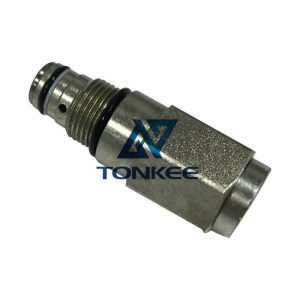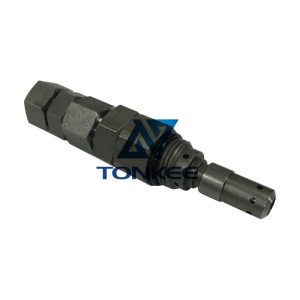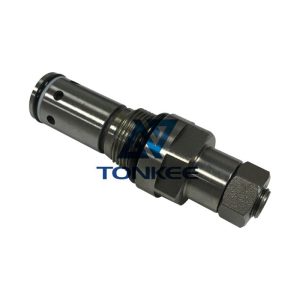
Valve Type: Different types of valves exist, such as ball valves, gate valves, globe valves, and check valves.
The cleaning process may vary based on the specific valve type. It is essential to identify the valve type before proceeding with the cleaning.
Material: Valves can be made of various materials, including stainless steel, brass, cast iron, or plastic. The cleaning method should be compatible with the valve material to prevent damage. Consult the valve manufacturer or refer to the valve's documentation for material specifications and suitable cleaning agents.
Environmental Considerations: Valves used in specific industries, such as food processing or pharmaceuticals, may require adherence to stringent cleanliness standards. Ensure that the cleaning process meets any industry-specific regulations or standards.
Valve Cleaning Process:
Safety Precautions: Before starting the cleaning process, ensure that appropriate safety measures are in place. This may include wearing protective gear like gloves, goggles, or respirators, especially when dealing with hazardous substances or chemicals.
Valve Shutdown: To clean a valve, it must be taken out of service and isolated from the system. Shut down any connected equipment, close upstream and downstream valves, and depressurize the system. Follow proper lockout/tagout procedures to prevent accidental operation during the cleaning process.
Disassembly: Depending on the valve type and design, disassemble the valve into its individual components.
This typically involves removing the bonnet, stem, disc, seats, and any other removable parts. Carefully follow the manufacturer's instructions or reference manuals to ensure proper disassembly.
Inspection: Thoroughly inspect each valve component for signs of wear, damage, or corrosion. Replace any worn-out or damaged parts to maintain optimal performance. Cleaning can also serve as an opportunity to identify potential issues that may require further maintenance or repair.
Cleaning Methods: The cleaning method will depend on the valve type, material, and the nature of contaminants present. Common cleaning techniques include mechanical cleaning, chemical cleaning, ultrasonic cleaning, or a combination of these methods. Use appropriate cleaning agents or solvents recommended by the valve manufacturer or industry standards.
Reassembly: Once the valve components are cleaned and dried, reassemble the valve according to the manufacturer's specifications. Ensure that all parts are properly aligned, tightened, and lubricated as required. Follow the recommended torque values for fasteners to avoid over-tightening or under-tightening.
Testing and Reinstallation: Before returning the valve to service, perform thorough testing to verify its functionality. This may include pressure testing, leakage testing, or flow testing, depending on the application. Once the valve passes the necessary tests, reinstall it into the system, taking care to restore proper alignment and connection with the piping.
Documentation: Maintain detailed records of the cleaning process, including the date of cleaning, cleaning agents used, any replacement parts, and test results. This documentation can serve as a reference for future maintenance and help track the valve's performance over time.




 English
English Русский язык
Русский язык






